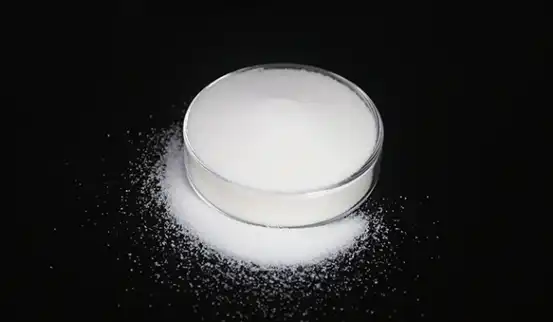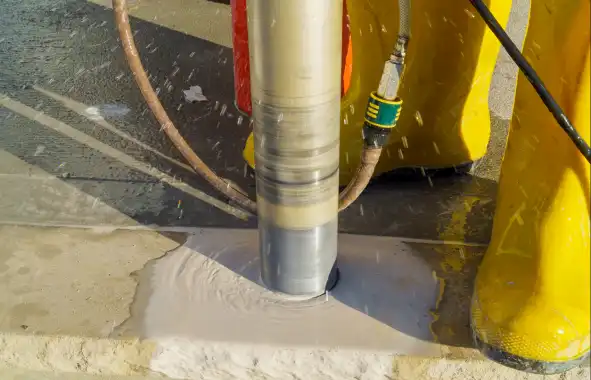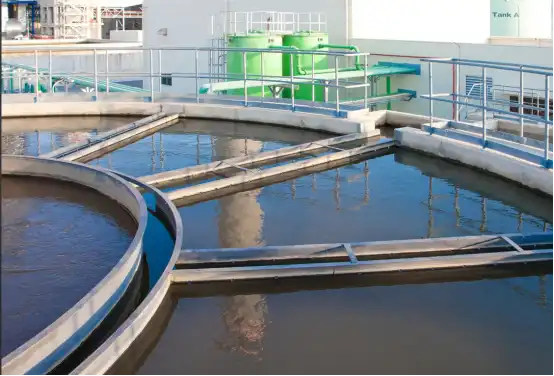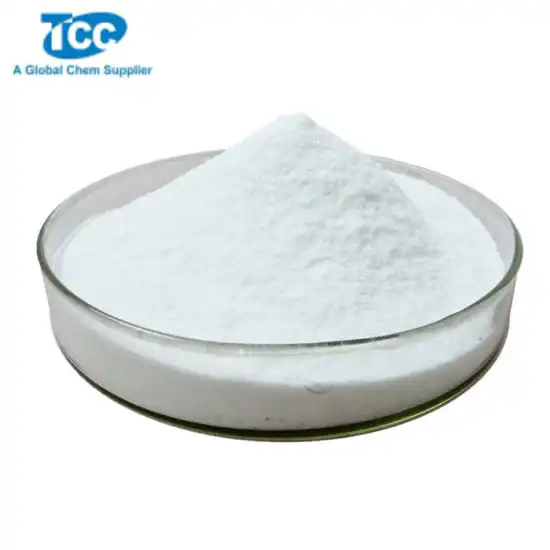- English
- French
- German
- Portuguese
- Spanish
- Russian
- Japanese
- Korean
- Arabic
- Greek
- German
- Turkish
- Italian
- Danish
- Romanian
- Indonesian
- Czech
- Afrikaans
- Swedish
- Polish
- Basque
- Catalan
- Esperanto
- Hindi
- Lao
- Albanian
- Amharic
- Armenian
- Azerbaijani
- Belarusian
- Bengali
- Bosnian
- Bulgarian
- Cebuano
- Chichewa
- Corsican
- Croatian
- Dutch
- Estonian
- Filipino
- Finnish
- Frisian
- Galician
- Georgian
- Gujarati
- Haitian
- Hausa
- Hawaiian
- Hebrew
- Hmong
- Hungarian
- Icelandic
- Igbo
- Javanese
- Kannada
- Kazakh
- Khmer
- Kurdish
- Kyrgyz
- Latin
- Latvian
- Lithuanian
- Luxembou..
- Macedonian
- Malagasy
- Malay
- Malayalam
- Maltese
- Maori
- Marathi
- Mongolian
- Burmese
- Nepali
- Norwegian
- Pashto
- Persian
- Punjabi
- Serbian
- Sesotho
- Sinhala
- Slovak
- Slovenian
- Somali
- Samoan
- Scots Gaelic
- Shona
- Sindhi
- Sundanese
- Swahili
- Tajik
- Tamil
- Telugu
- Thai
- Ukrainian
- Urdu
- Uzbek
- Vietnamese
- Welsh
- Xhosa
- Yiddish
- Yoruba
- Zulu
Application of Polyacrylamide in Oilfield Industry
Polyacrylamide (PAM), a versatile polymer, has firmly established its significance in the oilfield industry. Its high molecular weight, combined with the ability to be tailored into anionic, cationic, and non - ionic variants, endows it with unique properties. These characteristics render PAM indispensable across a spectrum of oilfield operations, significantly contributing to enhanced oil recovery, optimized drilling fluid performance, and effective water treatment.

1. Enhanced Oil Recovery (EOR)
1.1 Mechanism in Polymer Flooding
In the pursuit of maximizing oil extraction, polymer flooding with polyacrylamide has emerged as a widely adopted technique. The primary function of PAM in this process is to augment the viscosity of the injected water. In a typical reservoir scenario, when water devoid of PAM is injected, its relatively low viscosity causes it to rapidly flow through the high - permeability zones. Research indicates that up to 70% of the injected water may bypass the low - permeability regions where a substantial amount of oil remains trapped. However, when PAM is introduced, it forms a viscous solution. The long - chain polymer molecules entangle, increasing the resistance to flow. This forces the injected water to divert into the low - permeability zones. Laboratory studies have shown that this diversion can lead to an increase in oil recovery by up to 15 - 20% compared to water - flooding without PAM.
[Insert Figure 1 here: A schematic diagram showing the flow of water with and without PAM in a reservoir. The left part shows water flowing mainly through high - permeability channels without PAM, and the right part shows the more uniform distribution of water with PAM in both high - and low - permeability zones.]
1.2 Mobility Control
PAM plays a crucial role in mobility control, which is essential for efficient oil displacement. The mobility ratio (M), defined as the ratio of the mobility of the displacing fluid (injected water) to the mobility of the displaced fluid (oil), is a key parameter. A high mobility ratio often results in fingering, where the injected water forms finger - like channels through the oil, leading to poor displacement efficiency. By increasing the viscosity of the injected water, PAM effectively reduces the mobility ratio. For instance, if the mobility of oil is μo/ko (where μo is the viscosity of oil and ko is the permeability to oil) and the mobility of the injected water is μw/kw (where μw is the viscosity of water and kw is the permeability to water), adding PAM can increase μw by several - fold. Field applications have demonstrated that reducing the mobility ratio can enhance the sweep efficiency by 25 - 30%, ensuring a more stable and efficient displacement of oil.

1.1Polymer Flooding
Polymer flooding is a widely adopted EOR technique, and acrylamide polymers are at the heart of this process. In polymer flooding, water-soluble acrylamide polymers are injected into the oil reservoir along with water. These polymers increase the viscosity of the injected water, thereby improving the sweep efficiency. As the more viscous water floods the reservoir, it can better displace the oil trapped in the porous rock formations. The long-chain nature of acrylamide polymers allows them to entangle with water molecules, enhancing the water's ability to push the oil towards the production wells. This results in increased oil recovery rates, making acrylamide polymers a valuable asset in EOR operations.
1.2Mobility Control
Acrylamide-based polymers also play a crucial role in mobility control during EOR. In heterogeneous reservoirs, there is a tendency for the injected fluid to channel through the high-permeability zones, leaving behind a significant amount of oil in the low-permeability regions. By adjusting the viscosity of the injected fluid using acrylamide polymers, the mobility ratio between the injected fluid and the oil can be optimized. This ensures a more uniform distribution of the injected fluid throughout the reservoir, improving the overall oil displacement efficiency. For instance, crosslinked acrylamide polymers can be designed to have a specific rheological behavior, which helps in diverting the flow of the injected fluid to the less accessible areas of the reservoir.
2.Drilling Fluid Additive

2.1 Viscosity and Rheology Control
During drilling operations, maintaining the appropriate viscosity and rheology of the drilling fluid is of utmost importance. Polyacrylamide serves as an effective viscosifier. In a drilling fluid system, PAM molecules interact with solid particles, such as clays. The long - chain structure of PAM adsorbs onto the surface of clay particles, bridging between them. This aggregation of particles by PAM chains significantly increases the viscosity of the drilling fluid. A proper viscosity, typically in the range of 30 - 60 centipoise for most drilling operations, is required to effectively carry cuttings to the surface. It also helps prevent wellbore collapse by providing sufficient hydrostatic pressure and controls fluid loss.
[Insert Figure 2 here: A microscopic view of PAM interacting with clay particles in drilling fluid. The PAM chains are shown connecting multiple clay particles, increasing the overall viscosity of the fluid.]
2.2 Fluid Loss Control
When drilling through permeable formations, the drilling fluid can seep into the formation, causing a reduction in hydrostatic pressure in the wellbore and potential formation damage. PAM forms a filter cake on the wellbore wall. Anionic PAM, in particular, interacts with the positively charged surfaces in the formation. This filter cake acts as a barrier, reducing fluid loss. Studies have shown that the use of PAM can decrease fluid loss by up to 50 - 60%, safeguarding the integrity of the wellbore and the formation.
3.Water Treatment in Oilfields

3.1 Flocculation of Suspended Solids
Oilfield produced water often contains suspended solids, including sand, silt, and oil droplets. Polyacrylamide functions as a flocculant. The charged groups on the PAM molecules interact with the surface charges of the suspended particles. Cationic PAM, for example, attracts negatively charged suspended solids. As shown in Figure 3, the polymer chains bridge between multiple particles, causing them to aggregate into larger flocs. These flocs can then be more easily separated from the water through sedimentation or filtration processes. The use of PAM in flocculation can increase the separation efficiency of suspended solids by 70 - 80%.
[Insert Figure 3 here: A diagram showing the flocculation process of suspended solids in oilfield produced water by PAM. Small suspended particles are shown aggregating into larger flocs under the action of PAM.]
3.2 Dewatering of Oil - Water Emulsions
Oil - water emulsions are prevalent in oilfield operations. PAM can break these emulsions and facilitate dewatering. The polymer adsorbs at the oil - water interface, disrupting the emulsion's stability. By altering the interfacial tension and promoting the coalescence of water droplets, PAM aids in separating the water phase from the oil phase. This separation is crucial for the proper treatment and disposal of produced water and the recovery of valuable oil components.
Conclusion
Polyacrylamide's applications in the oilfield industry are diverse and far - reaching. From enhancing oil recovery to ensuring the smooth operation of drilling and effective water treatment, it has become an essential chemical. As the oil industry continues to explore more efficient and sustainable extraction methods, the development and optimization of polyacrylamide applications will undoubtedly remain at the forefront of research and innovation.
Learn about our latest products and discounts through SMS or email


_1740537008127.webp)
